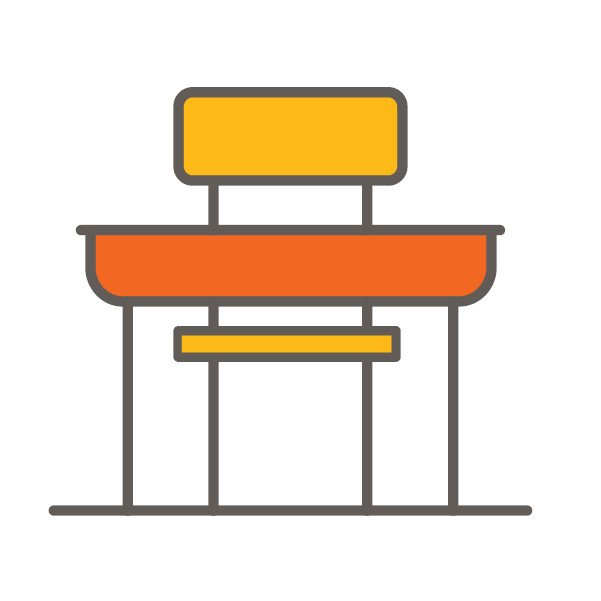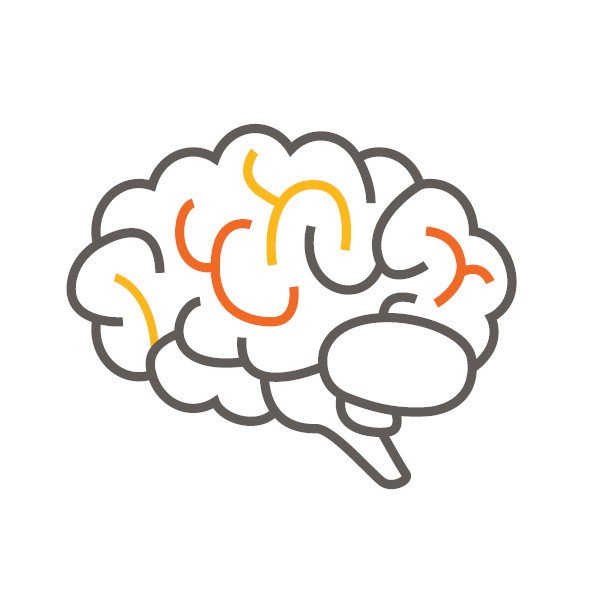
Human-Centered Design 101
Human-centered design is a creative problem-solving process that can be used to make meal programs more student-centered
By centering students and communities in our design efforts, we can expand participation in meal programs, nourishing children so they are ready to learn today and creating a foundation for long-term health and wellbeing.
ACTIVITIES
These classic human-centered design activities can help you move through the design process from start to finish
-

Getting Started
Clarify your short-term goals to anchor design and ensure that you aren't taking on too much.
-

Interview
Interviewing a student or another stakeholder is a way to gather deep insight about what they care about and to inspire new opportunities to make changes.
-

Brainstorm + Rules
Energize a school team or a group of students to help you come up with a staggering amount of ideas.
-

Make Sense of Learnings
Turn the inspiration, stories, feedback, research, or brainstorm ideas you gathered into useful design opportunities.
-

Co-Creation Session
The students you’re designing for can tell you plenty. But they can show you much more if you invite them in to build and imagine and design with you.
-

Build and Run Quick Prototypes
Prototypes are small, scrappy ways to build new ideas, so that you can learn quickly before investing a lot of resources.
-

Measure Impact
Measure the impact of your idea using common and uncommon measures.
-

Share Your Story
Sharing back what you discover over the course of your design journey can help inspire new and old allies, and increase the impact of your solution.

